Getting your venue set up for the big show is definitely a challenge; you need to make sure it’s all functional, which is going to include some spot on wiring and a sound check, but you need to make sure it’s just freaking awesome on top of that. You can have all of your equipment set up and working properly but if your visitors aren’t completely engrossed in the environment that you create then you might as well just pack it up and go home. So how do you do it? How do you make sure that your venue is the most amazing thing that anyone has ever seen? It’s all about the right DJ equipment and the right effects; it doesn’t have to be as hard as you think.
Using DJ Equipment to Bring out the Best in your Venue
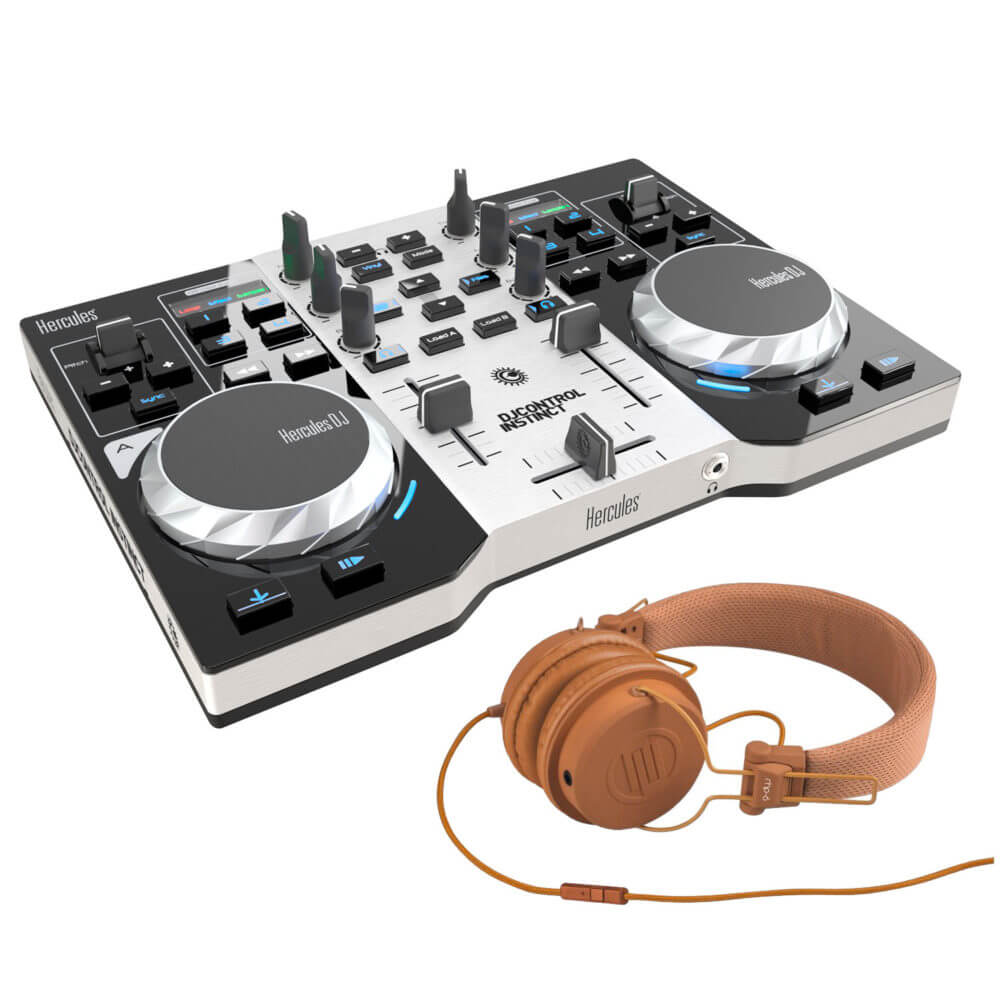 So it’s all about bringing out the best in your venue, and only the right DJ equipment package is going to do that. Let’s take a look at four pieces of equipment you’re going to need if you really want to bring the venue to life and make the show one that your people are going to remember forever.
So it’s all about bringing out the best in your venue, and only the right DJ equipment package is going to do that. Let’s take a look at four pieces of equipment you’re going to need if you really want to bring the venue to life and make the show one that your people are going to remember forever.
Lighting – Illuminating the Subject
You can’t make the perfect venue without some good lighting and it all starts with making the right choices. There are several different types of lighting that you will want to consider from strobe lighting, to spotlights, LED’s, and even lasers. There are several lighting equipment packages available on our website that are going to help you get the perfect setup the first time, and that’s definitely something that you don’t want to overlook. Without the right lighting package, you’re just going to be in the dark, and that’s no good!
Audio Interface – Bringing up the Quality
The modern DJ uses the best equipment available and that means a laptop computer for carrying the tunes far and wide. What you’re going to find out though is that not all laptops are equal – not by any means. The biggest problem you’re going to run into here is that with a laptop you can’t upgrade the sound card, at least not by conventional means. Most of the time laptop output is a bit crappy on the higher end, and definitely problematic on the low end. An audio interface can take care of that for you by upscaling the quality of the audio and definitely helping you do away with the need to buy a new laptop – that’s a quality increase that you can buy.
Visual Effects – Sometimes a Good Screening is in Order
When you think of DJ equipment you probably don’t think of screens but they can make all the difference in the world. Back in the 80’s DJ’s used a bunch of tube televisions put together in a square formation but today you can skip all that and just go with a flatscreen; it’s a great way to bring your room to life and get your customers more involved.
Microphones – Sounding Off
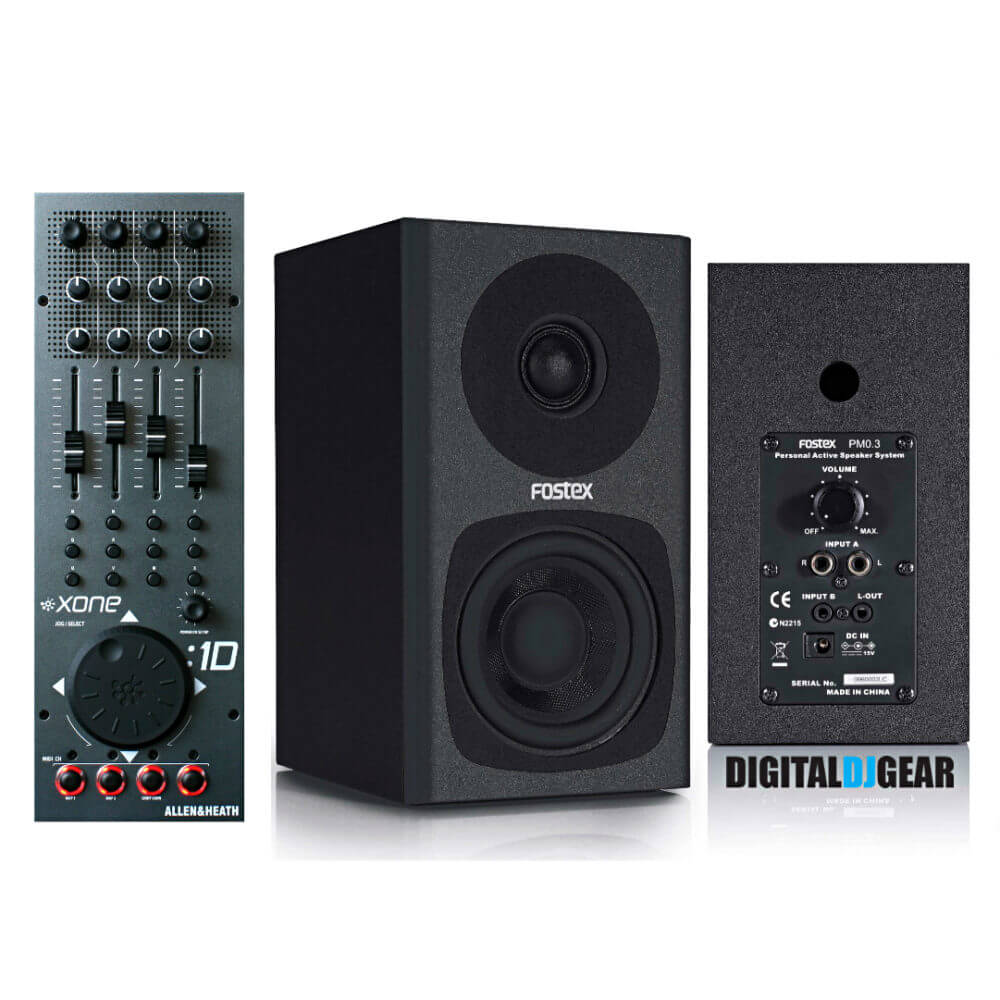 Finally we come to the microphones. We’re not saying that the items that we’ve mentioned are the only ones that you need to consider when it comes to your DJ equipment, we’re just saying that these are some of the most important. See how that works? Microphones work whether you’re having a stage act or simply need a PA system, but you need to make sure that they’re actually capable of the job you want to put them up to – we can’t really stress that enough. There are some microphones that need to have a screen attachment to ensure that they don’t capture the wrong sounds, which will make your presentation much more clear.
Finally we come to the microphones. We’re not saying that the items that we’ve mentioned are the only ones that you need to consider when it comes to your DJ equipment, we’re just saying that these are some of the most important. See how that works? Microphones work whether you’re having a stage act or simply need a PA system, but you need to make sure that they’re actually capable of the job you want to put them up to – we can’t really stress that enough. There are some microphones that need to have a screen attachment to ensure that they don’t capture the wrong sounds, which will make your presentation much more clear.
So now you know, there are four primary pieces of equipment that you must bring to your venue but you can be rest assured that there are a lot more for you to consider. Now would be a great time to start taking a look at what we have to offer and getting your venue ready for the big times.

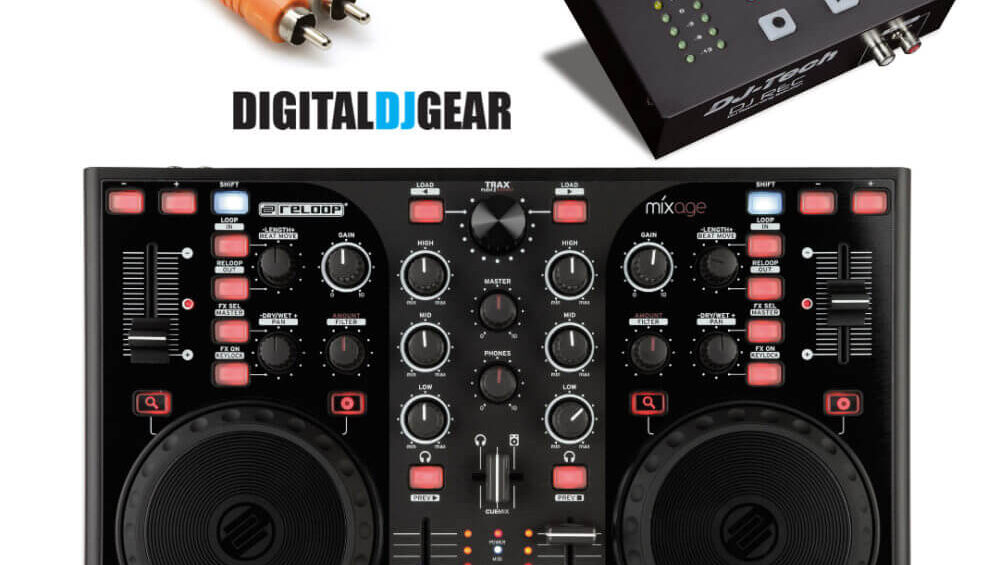

 Active speakers are often referred to as powered speakers because they have a powered amplifier for each driver. In other words they do not depend upon an external power source, and all of the necessary components are stored within the casing. That being said, these speakers are most often used for home entertainment systems as they are incredibly easy to set up.
Active speakers are often referred to as powered speakers because they have a powered amplifier for each driver. In other words they do not depend upon an external power source, and all of the necessary components are stored within the casing. That being said, these speakers are most often used for home entertainment systems as they are incredibly easy to set up.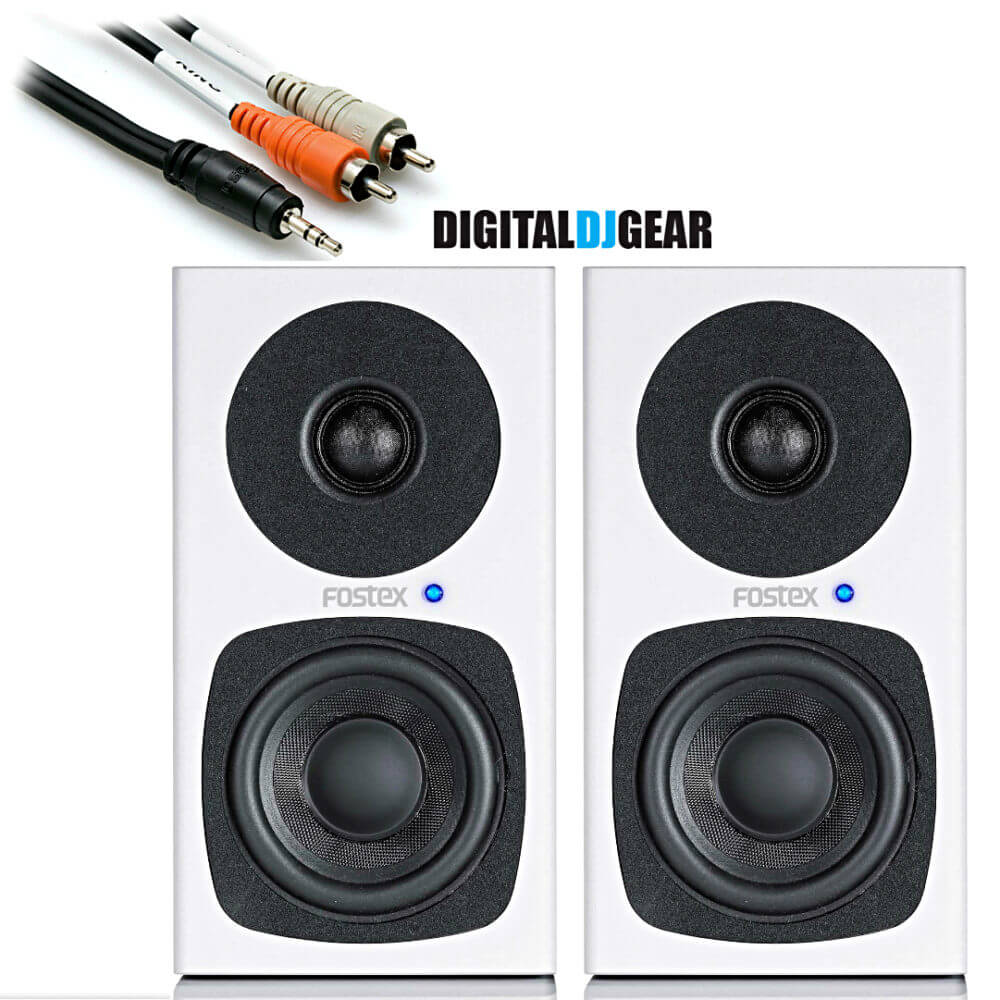 Finally we get to the powered speakers which are an entirely different animal. The powered speaker has its own amplifier and can be plugged right into the wall. Keep in mind however that it tends to have many of the same attributes as a passive speaker.
Finally we get to the powered speakers which are an entirely different animal. The powered speaker has its own amplifier and can be plugged right into the wall. Keep in mind however that it tends to have many of the same attributes as a passive speaker.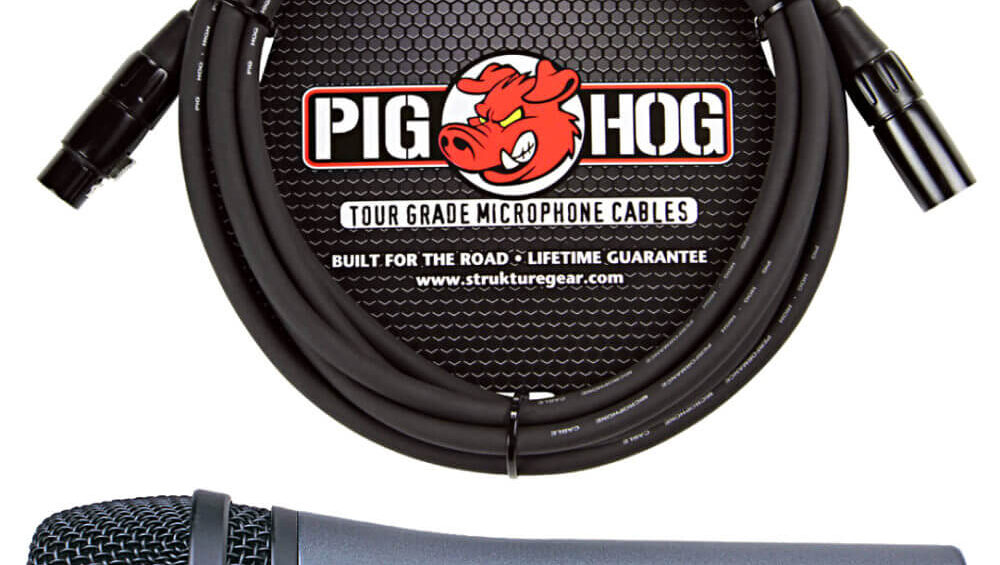
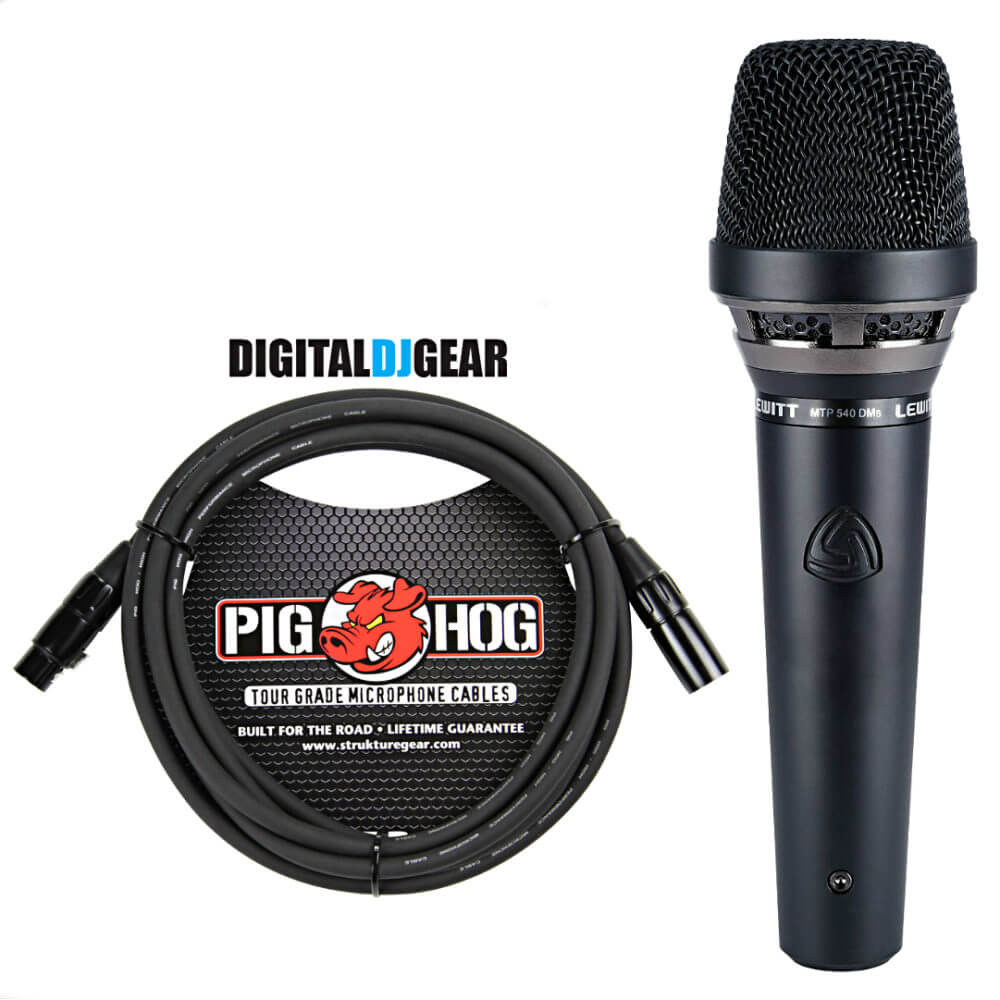 So you’re trying to make a high quality recording with your microphone and it’s just not coming out right. Well don’t worry about that, it’s a really common problem. We’ve dealt with it a lot, and we have to admit that sometimes our first instinct was to go online and buy a new one. Live and learn, right? Well, as it turns out there are a few ways to make a microphone sound better and we’re going to go over a few of them.
So you’re trying to make a high quality recording with your microphone and it’s just not coming out right. Well don’t worry about that, it’s a really common problem. We’ve dealt with it a lot, and we have to admit that sometimes our first instinct was to go online and buy a new one. Live and learn, right? Well, as it turns out there are a few ways to make a microphone sound better and we’re going to go over a few of them.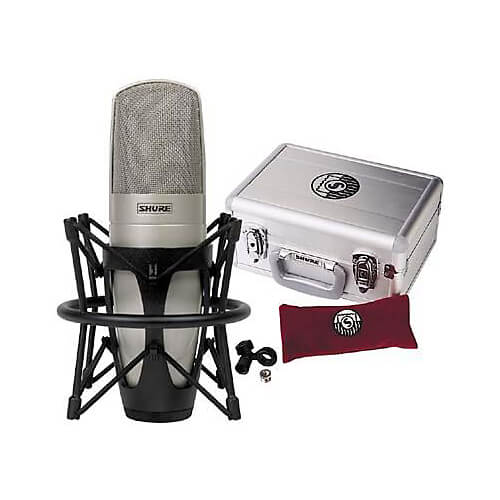 This is another one that you’ve already run into – it occurs when your voice is too loud for the mic. For example when you’re trying to do your death metal screams you end up with distorted sound. This can actually be fixed by lowering the sound recording volume on your PC, assuming your sound is actually going through a PC. If it is, good for you, because you already have more control than many other people.
This is another one that you’ve already run into – it occurs when your voice is too loud for the mic. For example when you’re trying to do your death metal screams you end up with distorted sound. This can actually be fixed by lowering the sound recording volume on your PC, assuming your sound is actually going through a PC. If it is, good for you, because you already have more control than many other people.

